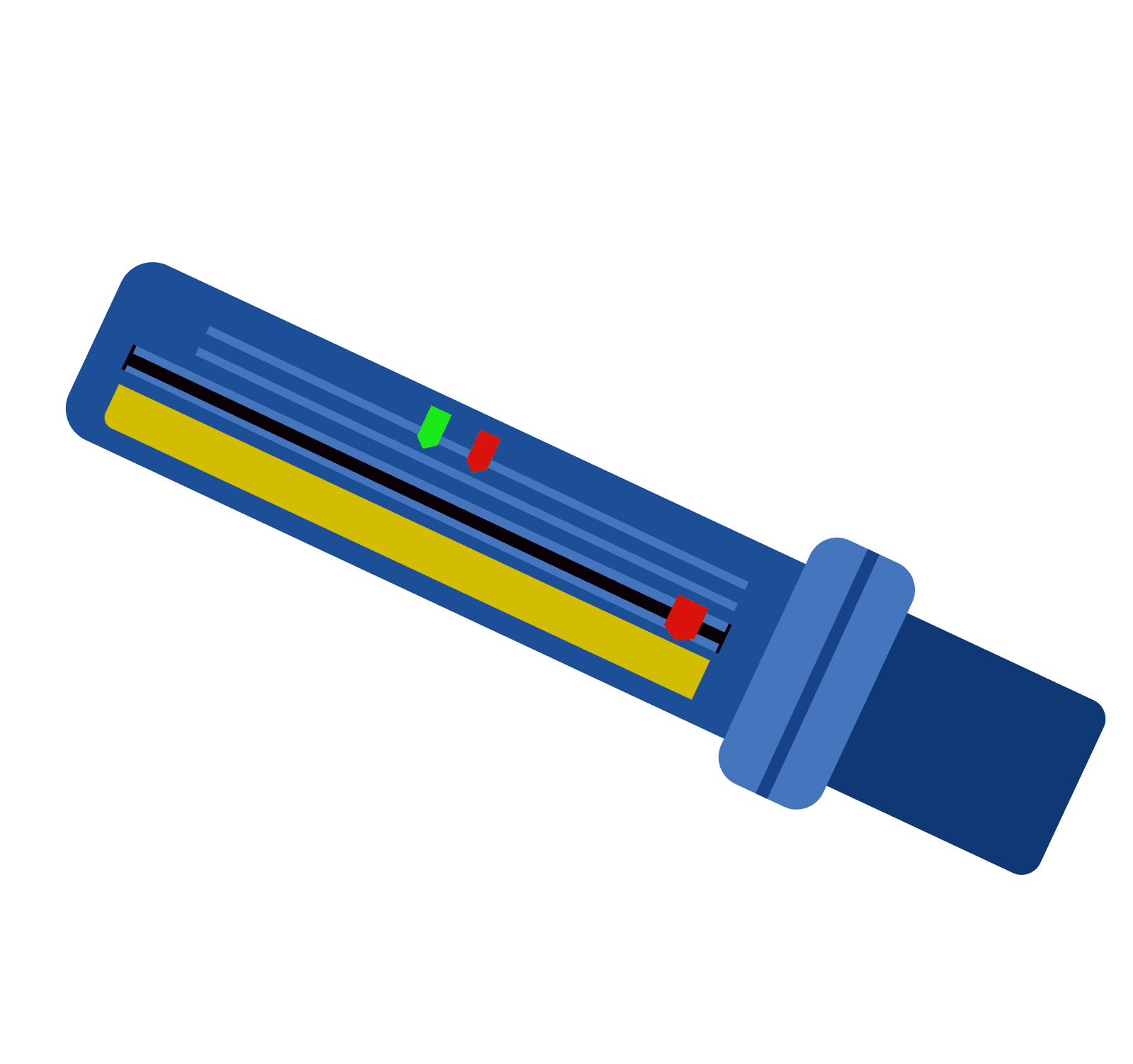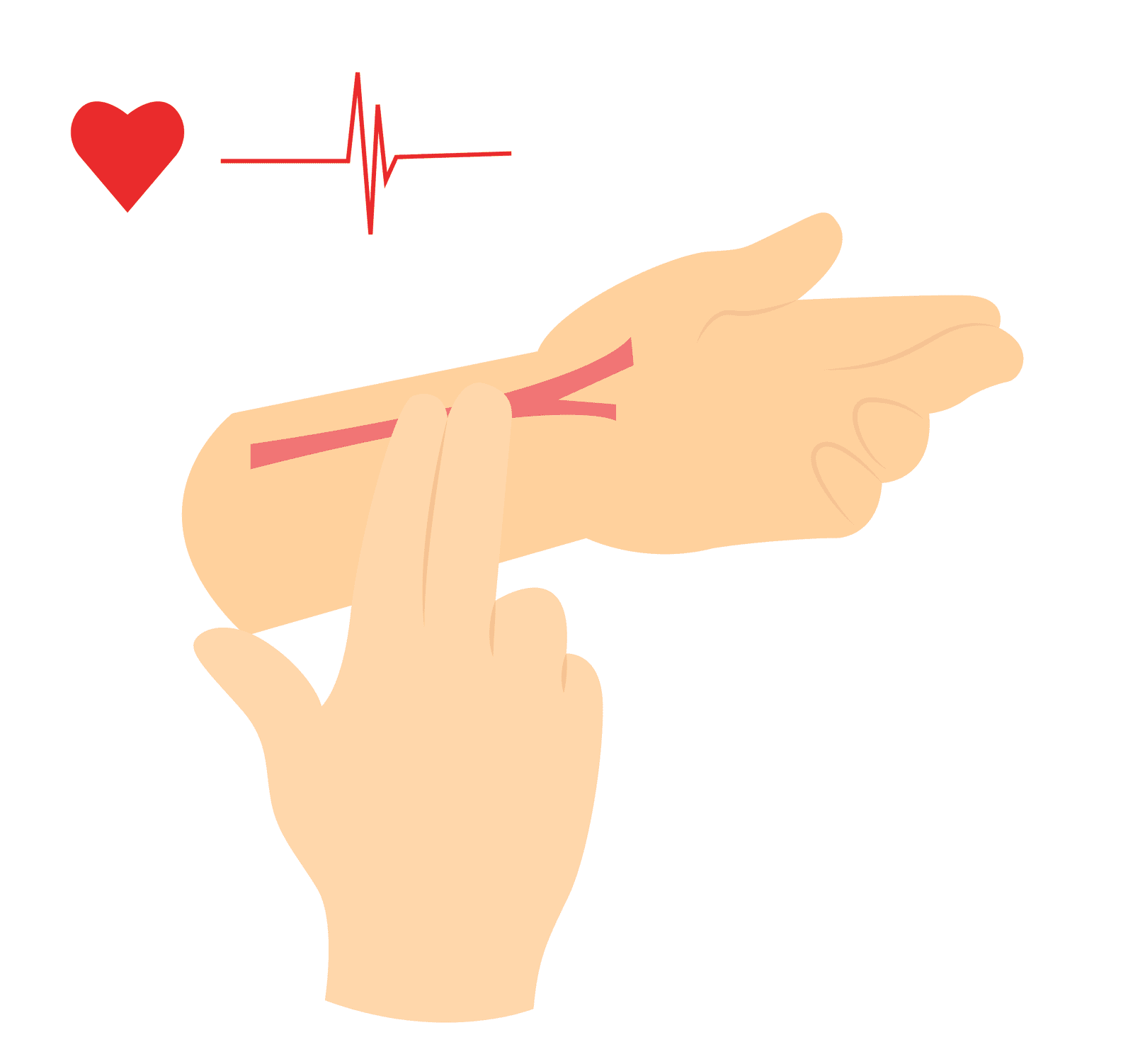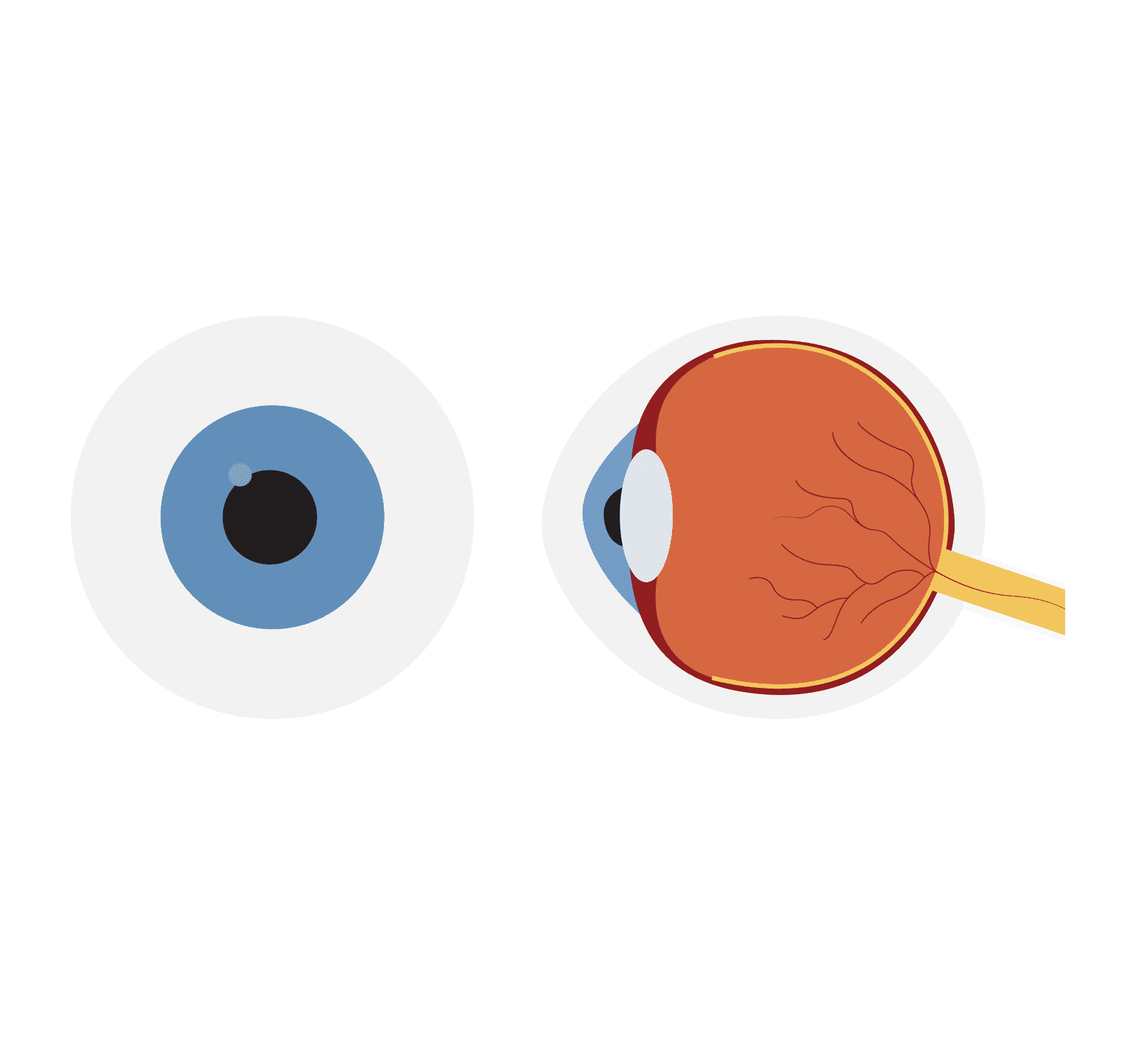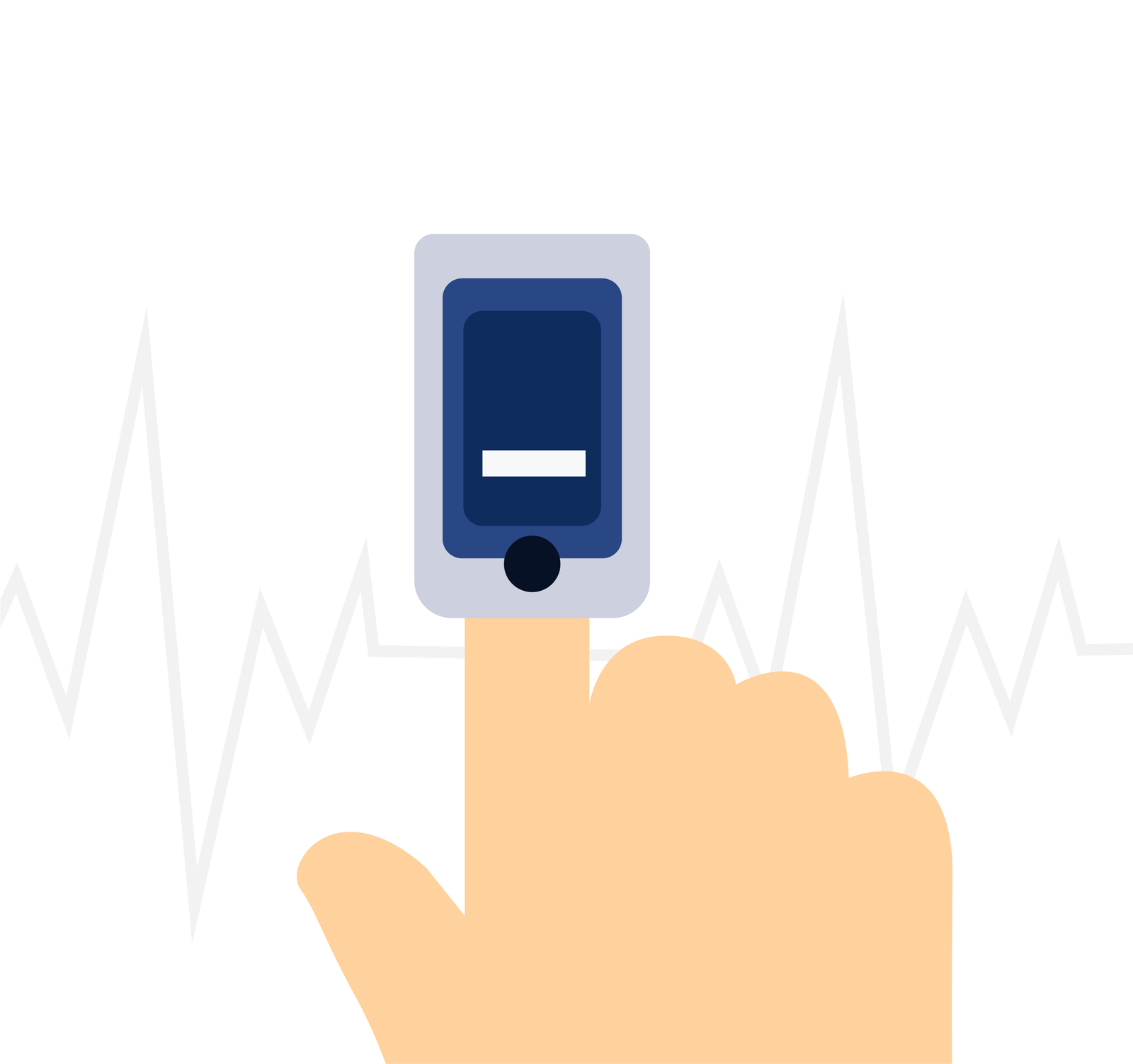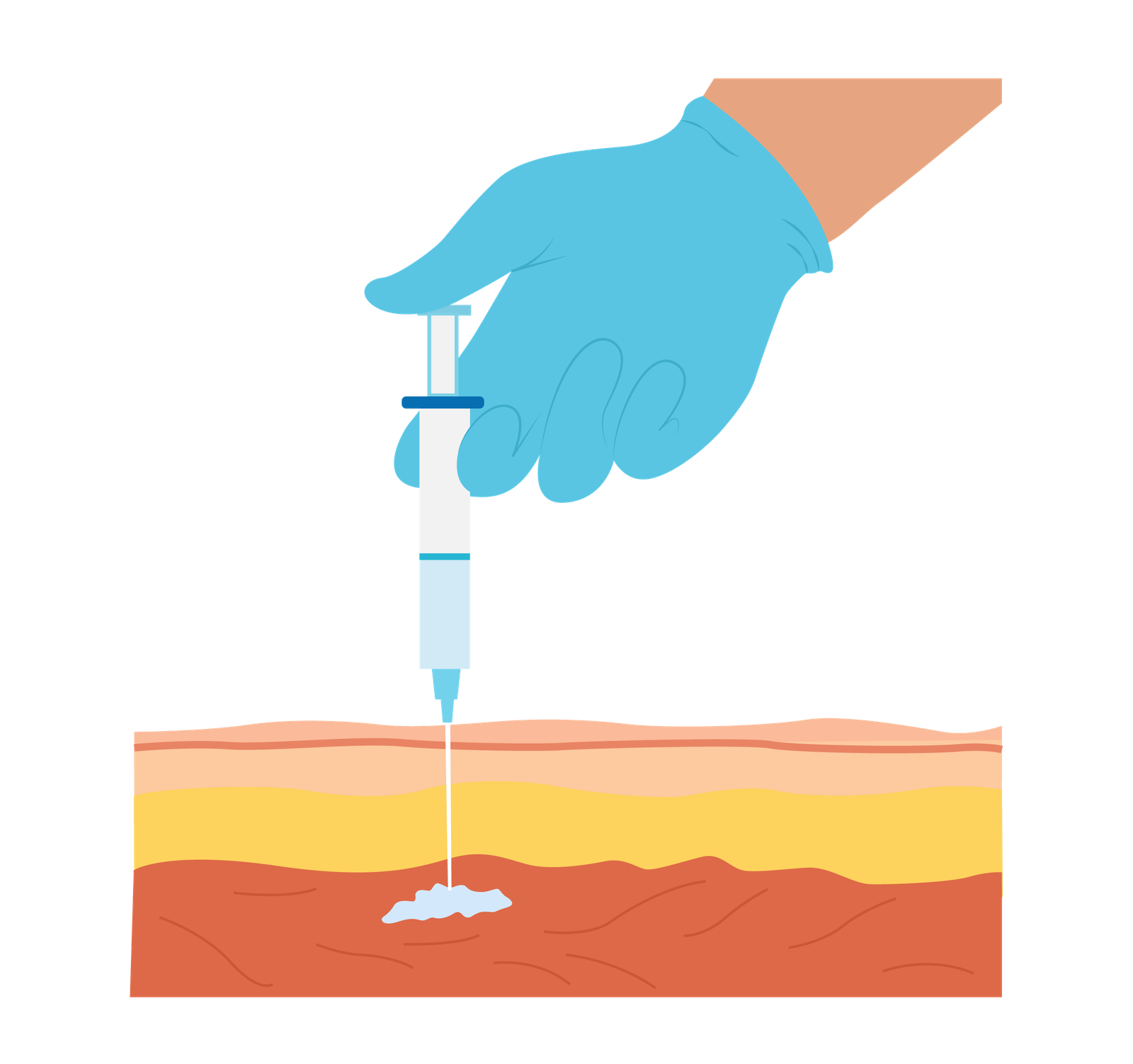QT / QTc Interval
QT / QTc Interval Introduction
The QT / QTc interval (From start of Q wave to the end of T wave) on an electrocardiogram (ECG) represents the time it takes for the heart’s ventricles to depolarize and repolarize. It’s a crucial marker for cardiac health, influenced by heart rate, gender, age, and medications.
To standardise this measurement across varying heart rates, the corrected QT interval (QTc) is calculated. Monitoring QTc intervals is essential as a prolonged QTc may indicate an increased risk of arrhythmias. This correction is particularly significant when assessing patients on medications or those with underlying cardiac conditions, ensuring a more accurate evaluation of potential cardiac risks.

Measuring QT Interval
Measurements from Lead II or V5-6 is normally used with measurements taken from multiple beats and the longest interval used.
The QT interval begins at the start of the QRS complex.
The QT interval ends at the point where the T wave returns to the baseline (isoelectric line) and before the beginning of the U wave if present.
If U wave is attached to the T wave, then this should be included in the measurement.
The maximum slope intercept method can be used to determine when the T wave ends.

Heart rate influences the QT interval, which lengthens with slow heart rates and shortens with fast heart rates. Hence, QT interval is inversely proportional to heart rate.
Calculating Corrected QT Interval (QTc)
The Corrected QT Interval (QTc) is calculated to adjust the QT interval for heart rate, allowing for a standardised comparison across different heart rates which aids in detection of patients at increased risk of arrhythmias. It is estimated over a standard heart rate of 60 bpm.
The commonly used formula for calculating QTc is Bazett’s formula:

Where:
QT = Observed QT interval on the ECG in seconds
RR = Interval between two consecutive R waves (heart rate) in seconds
It’s important to note that while Bazett’s formula is commonly used, it has limitations, especially at higher or lower heart rates, where it may over- or underestimate the corrected QT interval.
Thankfully, there are now several phone apps available that can calculate QTc for you. MDCalc QTc Calculator, for instance, offers a free, simple, and fast QTc calculator. Additionally, most ECG machines will calculate QTc.

Normal QTc Interval
The normal range for the corrected QT interval (QTc) differs for men and women.
A normal QTc interval is typically considered to be < 440ms in men.
For women, a normal QTc interval is usually < 460ms.
Studies have showed that estrogen lengthens the QT interval, hence why it is longer in women.

Short QTc Interval
Short QTc is considered to be < 350ms.
It’s less common than a prolonged QTc interval and is associated with various conditions and factors.

Hypercalcemia
Elevated levels of calcium in the blood. can sometimes lead to a shortened QTc interval. This electrolyte imbalance affects cardiac repolarization, potentially shortening the QTc interval on an ECG.
Digoxin Effect
Digoxin, a medication used in certain heart conditions, can influence the electrical properties of the heart and lead to a shortened QTc interval. While it’s not a common effect, digoxin can affect cardiac repolarisation and shorten the QTc interval in some individuals.
Digoxin can cause other ECG changes – read about Digoxin Effect here.
Congenital Short QT Syndrome
This is a rare genetic disorder characterised by a markedly shortened QTc interval on ECG with tall, peaked T waves, which predisposes individuals to arrhythmias and sudden cardiac death. It’s caused by mutations in genes encoding cardiac ion channels, impacting cardiac repolarisation.
Prolonged QTc Interval
Prolonged QTc interval is classed as > 440ms in men and > 460ms in women. There is a higher chance of sudden death and polymorphic VT (Toesade’s de pointes) if the QT interval is extended.

Shortened QTc intervals can also be associated other various conditions and factors such as:
Hypokalaemia
Low levels of potassium in the blood can disrupt the balance of electrolytes, affecting the heart’s electrical activity and prolonging the QT interval.
Hypocalcaemia
Reduced calcium levels in the blood can also disturb the electrical function of the heart, potentially leading to a prolonged QT interval.
Hypothermia
Low body temperature can influence the electrical properties of the heart and prolong the QT interval.
Myocardial Ischemia
Reduced blood flow to the heart, often due to coronary artery disease or a heart attack, can affect the heart’s ability to repolarize normally, leading to a prolonged QT interval.
ROSC (Return of Spontaneous Circulation) Post-Cardiac Arrest
Following successful resuscitation after cardiac arrest, the QT interval can be prolonged due to various physiological and metabolic changes.
Raised Intracranial Pressure
Conditions that increase pressure within the skull, such as head trauma or brain injury, can affect the autonomic nervous system and cardiac function, potentially leading to a prolonged QT interval.
Congenital Long QT Syndrome
This is a genetic disorder characterized by a prolonged QT interval and an increased risk of life-threatening arrhythmias and sudden cardiac death.
Conclusion
The QT interval on an ECG is a critical measure of heart rhythm, reflecting the time for heart chambers to depolarize and repolarize. A normal QT interval is essential for stable heart function, but deviations—prolonged or shortened—can signal risks for arrhythmias or sudden cardiac events.
Monitoring and understanding factors affecting the QT interval help assess these risks, guide medication use, and prevent potentially life-threatening heart rhythm disturbances.
Key Points
-
The QT interval on an ECG represents the time taken for the heart’s ventricles to depolarise and repolarise.
-
Both prolonged and shortened QT intervals can indicate an increased risk of arrhythmias, potentially leading to life-threatening conditions like Torsade’s de Pointes.
-
Adjusting for heart rate through corrected QT (QTc) calculations helps standardise comparisons across different heart rates and enhances the accuracy of risk assessment for cardiac events.
Bibliography
Johnson, J. N., & Ackerman, M. J. (2009). QTc: how long is too long?. British journal of sports medicine, 43(9), 657–662. https://doi.org/10.1136/bjsm.2008.054734
Joint Royal Colleges Ambulance Liaison Committee and Association of Ambulance Chief Executives (2022). JRCALC Clinical Guidelines 2022. Class Professional Publishing
QT / QTc Interval
The QT / QTc interval (From start of Q wave to the end of T wave) on an electrocardiogram (ECG) represents the time it takes for the heart’s ventricles to depolarize and repolarize. It’s a crucial marker for cardiac health, influenced by heart rate, gender, age, and medications.
To standardise this measurement across varying heart rates, the corrected QT interval (QTc) is calculated. Monitoring QTc intervals is essential as a prolonged QTc may indicate an increased risk of arrhythmias. This correction is particularly significant when assessing patients on medications or those with underlying cardiac conditions, ensuring a more accurate evaluation of potential cardiac risks.

Measuring QT Interval
Measurements from Lead II or V5-6 is normally used with measurements taken from multiple beats and the longest interval used.
The QT interval begins at the start of the QRS complex.
The QT interval ends at the point where the T wave returns to the baseline (isoelectric line) and before the beginning of the U wave if present.
If U wave is attached to the T wave, then this should be included in the measurement.
The maximum slope intercept method can be used to determine when the T wave ends.

Heart rate influences the QT interval, which lengthens with slow heart rates and shortens with fast heart rates. Hence, QT interval is inversely proportional to heart rate.
Calculating Corrected QT Interval (QTc)
The Corrected QT Interval (QTc) is calculated to adjust the QT interval for heart rate, allowing for a standardised comparison across different heart rates which aids in detection of patients at increased risk of arrhythmias. It is estimated over a standard heart rate of 60 bpm.
The commonly used formula for calculating QTc is Bazett’s formula:

Where:
QT = Observed QT interval on the ECG in seconds
RR = Interval between two consecutive R waves (heart rate) in seconds
It’s important to note that while Bazett’s formula is commonly used, it has limitations, especially at higher or lower heart rates, where it may over- or underestimate the corrected QT interval.
Thankfully, there are now several phone apps available that can calculate QTc for you. MDCalc QTc Calculator, for instance, offers a free, simple, and fast QTc calculator. Additionally, most ECG machines will calculate QTc.

Normal QTc Interval
The normal range for the corrected QT interval (QTc) differs for men and women.
A normal QTc interval is typically considered to be < 440ms in men.
For women, a normal QTc interval is usually < 460ms.
Studies have showed that estrogen lengthens the QT interval, hence why it is longer in women.

Short QTc Interval
Short QTc is considered to be < 350ms.
It’s less common than a prolonged QTc interval and is associated with various conditions and factors.

Hypercalcemia
Elevated levels of calcium in the blood. can sometimes lead to a shortened QTc interval. This electrolyte imbalance affects cardiac repolarization, potentially shortening the QTc interval on an ECG.
Digoxin Effect
Digoxin, a medication used in certain heart conditions, can influence the electrical properties of the heart and lead to a shortened QTc interval. While it’s not a common effect, digoxin can affect cardiac repolarisation and shorten the QTc interval in some individuals.
Digoxin can cause other ECG changes – read about Digoxin Effect here.
Congenital Short QT Syndrome
This is a rare genetic disorder characterised by a markedly shortened QTc interval on ECG with tall, peaked T waves, which predisposes individuals to arrhythmias and sudden cardiac death. It’s caused by mutations in genes encoding cardiac ion channels, impacting cardiac repolarisation.
Prolonged QTc Interval
Prolonged QTc interval is classed as > 440ms in men and > 460ms in women. There is a higher chance of sudden death and polymorphic VT (Toesade’s de pointes) if the QT interval is extended.

Shortened QTc intervals can also be associated other various conditions and factors such as:
Hypokalaemia
Low levels of potassium in the blood can disrupt the balance of electrolytes, affecting the heart’s electrical activity and prolonging the QT interval.
Hypocalcaemia
Reduced calcium levels in the blood can also disturb the electrical function of the heart, potentially leading to a prolonged QT interval.
Hypothermia
Low body temperature can influence the electrical properties of the heart and prolong the QT interval.
Myocardial Ischemia
Reduced blood flow to the heart, often due to coronary artery disease or a heart attack, can affect the heart’s ability to repolarize normally, leading to a prolonged QT interval.
ROSC (Return of Spontaneous Circulation) Post-Cardiac Arrest
Following successful resuscitation after cardiac arrest, the QT interval can be prolonged due to various physiological and metabolic changes.
Raised Intracranial Pressure
Conditions that increase pressure within the skull, such as head trauma or brain injury, can affect the autonomic nervous system and cardiac function, potentially leading to a prolonged QT interval.
Congenital Long QT Syndrome
This is a genetic disorder characterized by a prolonged QT interval and an increased risk of life-threatening arrhythmias and sudden cardiac death.
Conclusion
The QT interval on an ECG is a critical measure of heart rhythm, reflecting the time for heart chambers to depolarize and repolarize. A normal QT interval is essential for stable heart function, but deviations—prolonged or shortened—can signal risks for arrhythmias or sudden cardiac events.
Monitoring and understanding factors affecting the QT interval help assess these risks, guide medication use, and prevent potentially life-threatening heart rhythm disturbances.
Key Points
- The QT interval on an ECG represents the time taken for the heart’s ventricles to depolarise and repolarise.
- Both prolonged and shortened QT intervals can indicate an increased risk of arrhythmias, potentially leading to life-threatening conditions like Torsade’s de Pointes.
- Adjusting for heart rate through corrected QT (QTc) calculations helps standardise comparisons across different heart rates and enhances the accuracy of risk assessment for cardiac events.
Bibliography
Johnson, J. N., & Ackerman, M. J. (2009). QTc: how long is too long?. British journal of sports medicine, 43(9), 657–662. https://doi.org/10.1136/bjsm.2008.054734
Joint Royal Colleges Ambulance Liaison Committee and Association of Ambulance Chief Executives (2022). JRCALC Clinical Guidelines 2022. Class Professional Publishing

